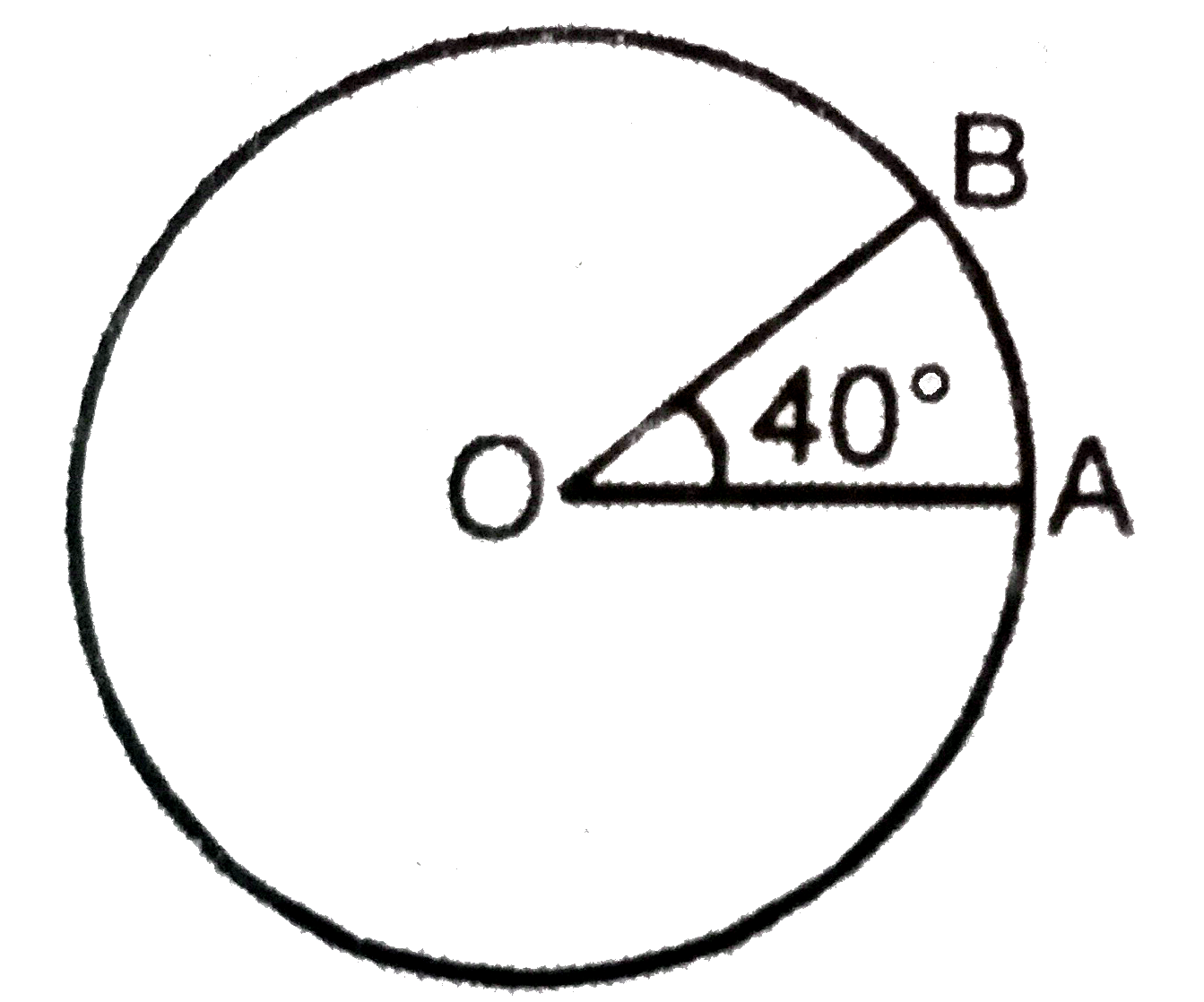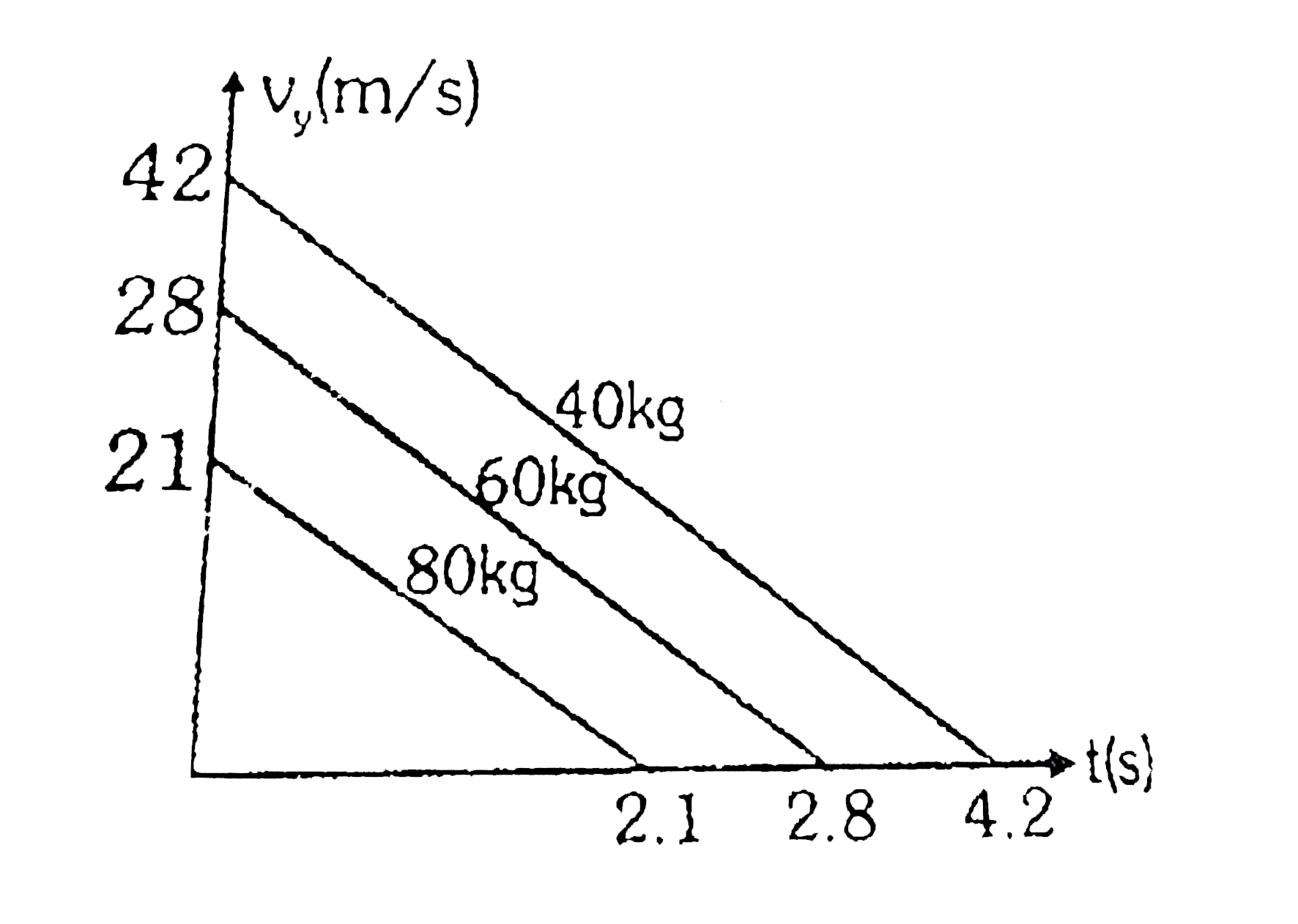[A]: Oxygenator acts as artificial kidney.
[R]: Oxygenator machine completely takes over the functions of heart as well as lung.
If both A and R are true and R is the correct explanation of A
If both A and R are true but R is not the correct explanation of A
If A is true and R is false
If both A and R are false
The correct Answer is:D
To analyze the statements regarding the oxygenator and its functions, we can break down the question step by step:
Step 1: Understand the assertion
- The assertion states: "Oxygenator acts as artificial kidney."
- An oxygenator is a device used in medical settings, particularly during surgeries, to oxygenate the blood and remove carbon dioxide. It mimics the function of the lungs, not the kidneys.
Step 2: Understand the reason
- The reason states: "Oxygenator machine completely takes over the functions of heart as well as lung."
- While it is true that an oxygenator assists in oxygenating blood and can take over some functions of the lungs, it does not take over the functions of the heart. The heart is responsible for pumping blood throughout the body.
Step 3: Evaluate the truth of the statements
- Since the assertion is incorrect (an oxygenator does not act as an artificial kidney), and the reason is partially true (it does assist with lung function but not heart function), we can conclude that:
- The assertion is false.
- The reason is misleading as it implies that the oxygenator takes over the heart's function.
Step 4: Final conclusion
- Since both the assertion and the reason are incorrect in the context of their relationship, the correct answer is that both statements are false.
Summary of the Solution:
- Assertion: False (Oxygenator does not act as an artificial kidney; dialysis does.)
- Reason: False (Oxygenator does not take over the heart's function; it assists with lung function.)
- The assertion states: "Oxygenator acts as artificial kidney."
- An oxygenator is a device used in medical settings, particularly during surgeries, to oxygenate the blood and remove carbon dioxide. It mimics the function of the lungs, not the kidneys.
- The reason states: "Oxygenator machine completely takes over the functions of heart as well as lung."
- While it is true that an oxygenator assists in oxygenating blood and can take over some functions of the lungs, it does not take over the functions of the heart. The heart is responsible for pumping blood throughout the body.
- Since the assertion is incorrect (an oxygenator does not act as an artificial kidney), and the reason is partially true (it does assist with lung function but not heart function), we can conclude that:
- The assertion is false.
- The reason is misleading as it implies that the oxygenator takes over the heart's function.
- Since both the assertion and the reason are incorrect in the context of their relationship, the correct answer is that both statements are false.
- Assertion: False (Oxygenator does not act as an artificial kidney; dialysis does.)
- Reason: False (Oxygenator does not take over the heart's function; it assists with lung function.)
Topper's Solved these Questions
Similar Questions
[A] : A blood dialyser is an artificial kidney which can sustain kidney functions.
[R]: It is an exact copy of natural kidney
View SolutionButane gas burns in air according to the following reaction.
2C4H10+13O2→10H2O+8CO2.
Suppose the initial and final temperature are equal and high enough so that all reactants and products act as perfect gases. Two moles of butane ar mixed with 13 moles of oxygen and then completely reacted. Find the final pressure (if the volume remains unchanged and the pressure before reaction is P0)?
View SolutionThe oxygen-rich blood from the lungs comes into the ...... of the heart.
View SolutionThe vein which brings oxygenated blood to the heart from the lungs :
View Solution[A] : In amphibians heart is two chambered.
[R]: The oxygenated blood is returned to the heart through sinus venosus.
View SolutionName the blood vessel that carries oxygenated blood from lungs to heart
View SolutionRead the following statements (A – D )
(A) QRS complex in ECG indicates ventricular depolarization.
(B) The electrocardiograph machine is used to obtain Electrocardiogram a (ECG ) on graph paper .
(C) During a cardiac cycle , the left ventricular pumps out about 70 ml is of Oxygenated blood which is called the cardiac output .
(D) The second heart sound is associated with the closure of the semilunar valves .
How many statements from the above is /are incorrect ?
View SolutionThe colours of the transition metal are due to d-d excitation. The energy required for d-d electron axcitation is available in the visible range.
Transition metal ions have the tendency to absorb certain rediations from the visible region and exhibit the complementary colour.
The transition metal ions which have completely filled d-orbitals are colourless as the excitation of electron or electrons is not possible within d-orbitals. The transition metal ions which have completely empthy d-orbitals are also colourless. In KMnO4 and K2Cr2O7, there are no unpaired electrons at the central atom but they are dep in colour. The colour of these compounds is due to charge transfer spectrum. for example in MnO4 electron is momentrily transferred from O to the metal and thuys oxygen changes from O2− and Oɵ maganese from Mn7+ to Mn6+.
Q. Which of the following is paramagnetic as well as coloured ion?
View SolutionA circus wishes to develop a new clown act. Fig. (1) shows a diagram of the proposed setup. A clown will be shot out of a cannot with velocity v0 at a trajectory that makes an angle θ=45∘ with the ground. At this angile, the clown will travell a maximum horizontal distance. The cannot will accelerate the clown by applying a constant force of 10,000N over a very short time of 0.24s. The height above the ground at which the clown begins his trajectory is 10m.

A large hoop is to be suspended from the celling by a massless cable at just the right place so that the clown will be able to dive through it when he reaches a maximum height above the ground. After passing through the hoop he will then continue on his trajectory until arriving at the safety net. Fig (2) shows a graph of the vertical component of the clown's velocity as a function of time between the cannon and the hoop. Since the velocity depends on the mass of the particular clown performing the act, the graph shows data for serveral different masses.

From figure 2, approximately how much time will it take for clown with a mass of 60 kg to reach the safety net located 10m below the height of the cannot?
View SolutionTransformations of inverse trigonometric functions need to be handled with care. Consider the identity sin2θ=2tanθ1+tan2θ in its domain of definition. Suppose we set tanθ=x, we have sin2θ=2x1+x2
Taking sin−1of both sides yields 2θ=sin−1.2x1+x2i.e.,2tan−1x=sin−1.2x1+x2. But we will discover that the above identity is not valid for all x. Choose x=√3,LHS=2tan−1√3=2×π3=2π3,RHS=sin.2√31+3=sin−1.√32=π3. And so left hand and right hand side don't match. The reason is that we have disregarded the principal values of inverse functions. So it is well to remember that the iverse trigonometric formmulae have restrictions attached to the argument. When the values of x lie outside the interval of validity then the formula needs to be corrected.
Let f(x)=sin−1(x)1+x2,g(x)=2tan−1x. Then the largest interval in R on which f and g both are agree
View Solution
